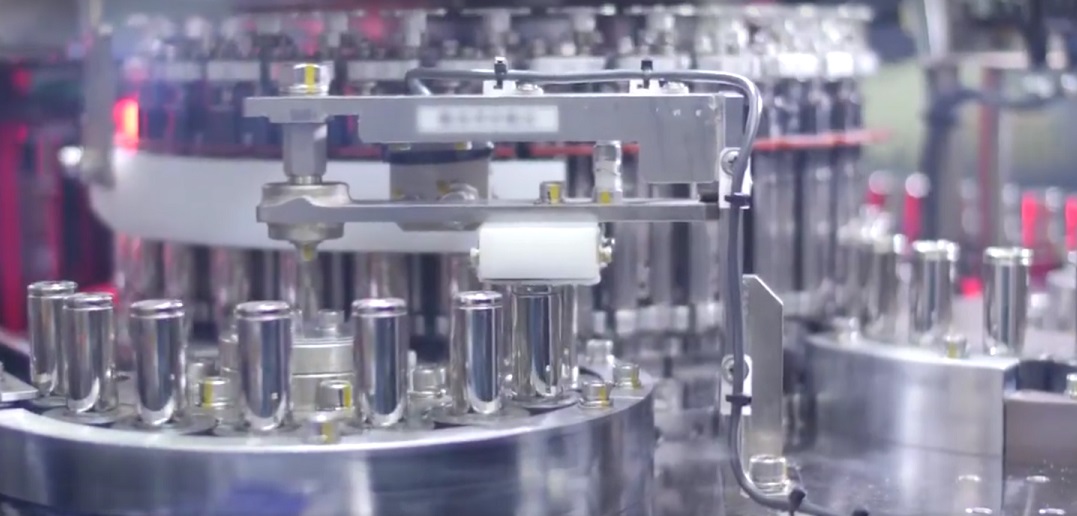Since its inception, Tesla has always relied on outside vendors to manufacture its batteries. Although for years, it relied exclusively on the cells of Japan’s Panasonic, in recent times the company has also entered into supply agreements with Korea’s LG Chem and China’s CATL. Furthermore, it has long been known that Tesla is working on the development of its batteries.
The company currently has a pilot cell production line at the American factory in Fremont. Tesla’s goal is to put batteries for sale at the cost of less than $100 per kWh and a lifespan of 1.6 million kilometers. Although the date of arrival of these revolutionary batteries on the market is unknown at the moment, it is believed that they will be presented this month during the “Tesla Battery Day.”
Although today Tesla manufactures modules (which will be eliminated in the next generation of the brand’s batteries) and packs, the addition of its cells will give the company a substantial competitive advantage over most of its rivals, which They continue to depend on external suppliers (the vast majority of Asian origin) to be able to produce batteries.
At the moment, it is confirmed that Tesla will manufacture its cells in Giga Berlin. However, it is also highly probable that they will be produced in other locations (Fremont, Giga Nevada, Giga Shanghai, for example). Also, Elon Musk recently hinted that Tesla would be interested in building a “Terafactory” to manufacture TWh of batteries on an annual basis. A significant project that would make Tesla one of the world’s leading battery manufacturers.
Now, the Korean company Hanwha, one of the leading industrial conglomerates in the Asian country, has confirmed that Tesla has placed an order for the machinery to manufacture batteries. According to the Korean media, this means that the arrival of Tesla’s self-developed cells is closer than ever (some rumors suggest that the Cybertruck could be released in late 2021).

